Sound: 









Value: 









(Read about our ratings)
Measurements can be found by clicking this link.
 I’m actually not interested in the Life Q35 headphones for the reasons Soundcore wants me to be. They want me to get all excited because the Life Q35 headphones feature Sony’s LDAC codec, which in its highest-quality mode transmits data at 990 kilobits per second (kbps). That’s about three times the maximum that the standard SBC Bluetooth codec can achieve, and pretty close to the 1411kbps data rate of uncompressed 16-bit/44.1kHz audio.
I’m actually not interested in the Life Q35 headphones for the reasons Soundcore wants me to be. They want me to get all excited because the Life Q35 headphones feature Sony’s LDAC codec, which in its highest-quality mode transmits data at 990 kilobits per second (kbps). That’s about three times the maximum that the standard SBC Bluetooth codec can achieve, and pretty close to the 1411kbps data rate of uncompressed 16-bit/44.1kHz audio.
Big whoop, I say, because LDAC does 990kbps only under best-case conditions; when you’re moving around, or your phone’s in your pocket, you’ll probably have to run it at 660kbps (still an improvement) or 330kbps (not really an improvement). What I’m actually excited about is that the Life Q35s feature app-controlled, adaptive noise canceling, and they cost just $129.99 (all prices in USD). Plus, they don’t feel cheap and flimsy like most $100-ish noise-canceling headphones do—they feel more like they cost $250 to $300.
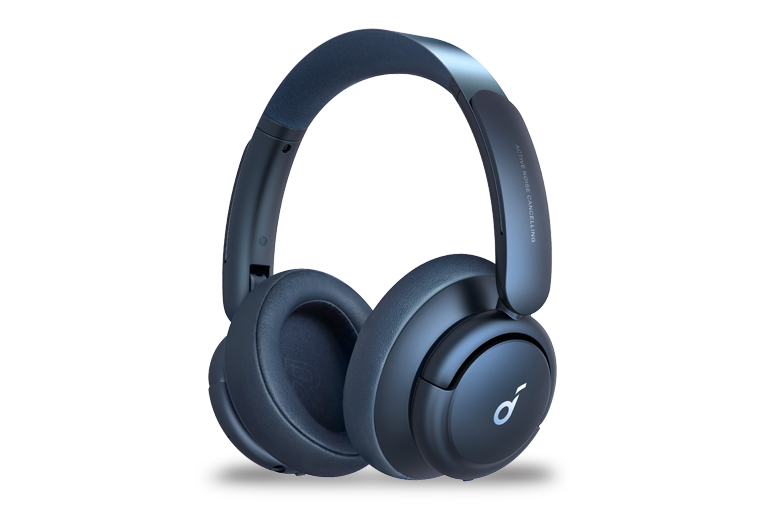
The app is as important as the headphones themselves. It offers a lot of options: three noise-canceling modes, a transparency mode, 22 EQ modes, and an eight-band equalizer. There’s also a button on the left earpiece that lets you flick between Normal, Transparency (which lets in outside sound), and whatever noise-canceling mode you’ve chosen in the app, so it is possible to use these headphones without the app. But you’ll be wanting to get on that app. More on this later.
In the box
I was delighted to find that the Life Q35s include a pretty decent and reasonably slim semi-hardshell travel case. They also include a 48″ (1.2m) audio cable with 3.5mm stereo plugs on both ends, a USB-C charging cable, and a dual-mono adapter for old-school inflight entertainment systems.
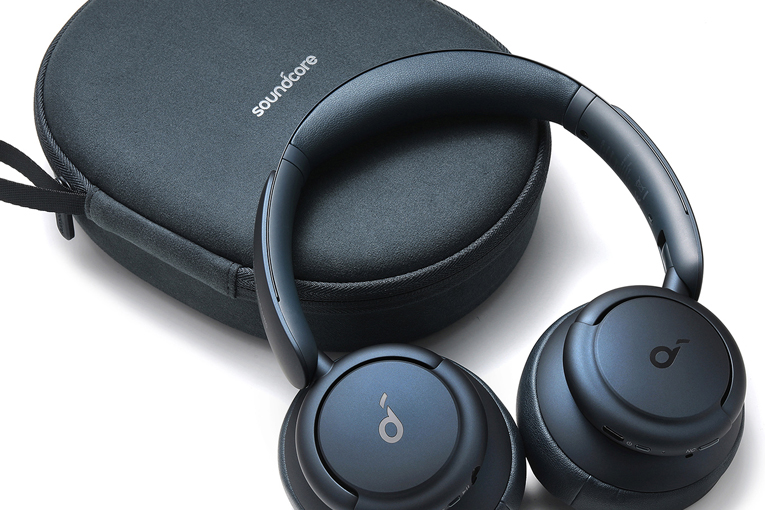
Use
I found the Life Q35s quite comfortable. They’re fairly light, the earpads are pretty soft, and the clamping force is modest. They feel kind of like Bose noise-canceling headphones, which are an industry standard for comfort, and which I expect were a benchmark in the Q35s’ design process.
The noise-canceling feature ranks among my favorites. The Transport mode is basically the “full blast” setting; it has powerful rejection of low frequencies. However, it can create eardrum suck. Not using noise canceling isn’t really an option, in my opinion, because it appears the engineering team tuned the Q35s to sound good with noise canceling and didn’t put much work into getting the sound consistent in other modes. So for most of my listening, I used the Indoor noise-canceling setting, which gave me a modest amount of noise canceling, no eardrum suck, and good sound—depending on the EQ mode I selected. Again, more on that later.
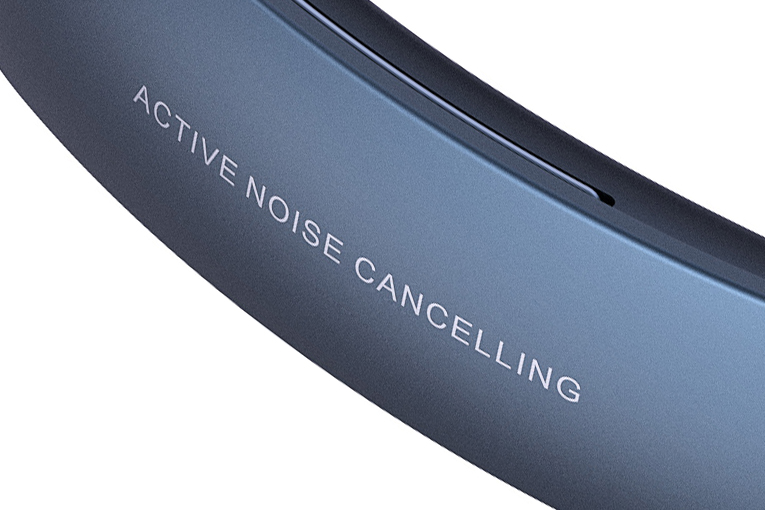
The Q35s have plain ol’ buttons for control rather than swipe-style controls. That’s fine, except that on my Samsung Galaxy S10 phone, the phone’s volume control did not affect the headphones’ level. I had to control the volume on the headphones, which was annoying; I can’t remember ever encountering headphones set up like this. I got used to it, though.
However, when I had to take a last-minute flight from Los Angeles to New Orleans recently, carrying only an overnight bag, I looked at the Life Q35s’ 2.5″-thick case, and the roughly 25%-as-large neoprene case of my beloved AKG N60 on-ears, and grabbed the N60s. Especially when inflight entertainment these days is so good, an old-school set of wired noise-canceling headphones still makes a great traveling companion. I’d love to see Soundcore pack the Q35s’ capabilities into a super-compact on-ear model; I’d happily buy a set.
Sound
Normally I like to kick off these reviews by giving a brief synopsis of the headphones’ tonal balance, a trick I stole from Tyll Hertsens, the godfather of headphone reviewing. But I’m not sure what the Life Q35s’ tonal balance is. As you can see in the measurements, they have a significantly different response in their various modes. And the 22 EQ modes sound to me like a bunch of almost randomly chosen settings. (Don’t laugh—this actually happens with things like TV sound EQ presets.) I didn’t much like the default Soundcore Signature mode, because the bass is jacked up in level and way too punchy sounding, and there’s some extra mid-treble zip I found annoying.
But just when I was about to give up on the Life Q35s, I tried the second-to-last EQ mode on the list: Treble Booster. I don’t think I’ve ever heard a treble boost mode I liked on any audio product, including headphones, powered speakers, soundbars, or even guitar amps. But this one made the Life Q35s sound subjectively flat to me—very much like what I hear from my AKG K371 headphones, which just about dead-on match the Harman curve. The treble, mids, and bass seemed in ideal balance; the sound was full without bloating and clear on top without ever glaring.
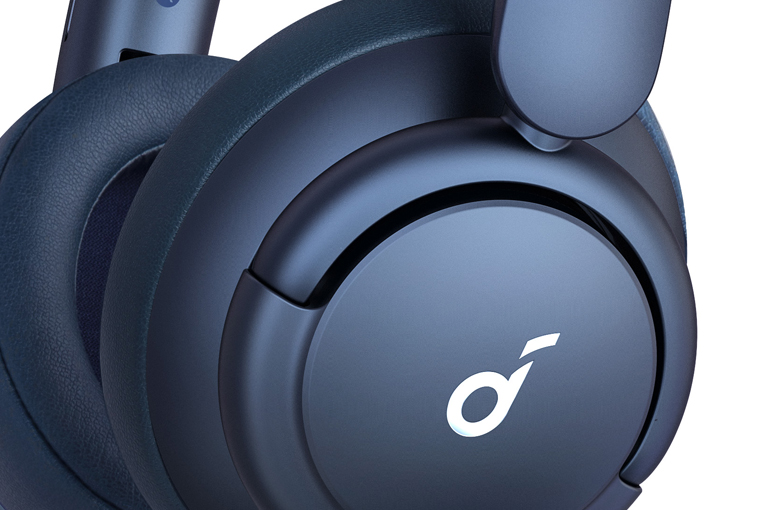
Once I found the Treble Booster setting, I got into one of those modes where I just kept on listening and listening because everything sounded really good. Here’s a great example: Come on In (320kbps Ogg Vorbis, Fat Possum / Spotify), an album that mixes the song stylings of singer and guitarist R.L. Burnside with heavy electronic production. This album can get pretty blarey at times, but through the Q35s in Treble Booster mode, I cranked my way through the whole album, despite its wild jumps in level and intentionally edgy drum machine and percussion sounds. And the same tonal balance worked beautifully when I switched to Burnside’s more sophisticated Wish I Was in Heaven Sitting Down (320kbps Ogg Vorbis, Fat Possum / Spotify). When I played the lovely and poignant “Bad Luck City,” I could hear even the subtlest sounds (including a farty sound that might have been a whoopie cushion sample, which I’d never actually noticed in 21 years of listening to this awesome side) under Burnside’s vocal.
However, there was still too much bass when I put on Holly Cole’s recording of Tom Waits’s “Train Song” (Temptation, 16-bit/44.1kHz FLAC, Blue Note / Qobuz). I loved the rendition of Cole’s voice, but the double bass lost some of its definition. I also noticed that the treble didn’t have as much “air” and spaciousness as I’ve heard in my favorite closed-back active headphones—but remember, we’re talking $129 here.
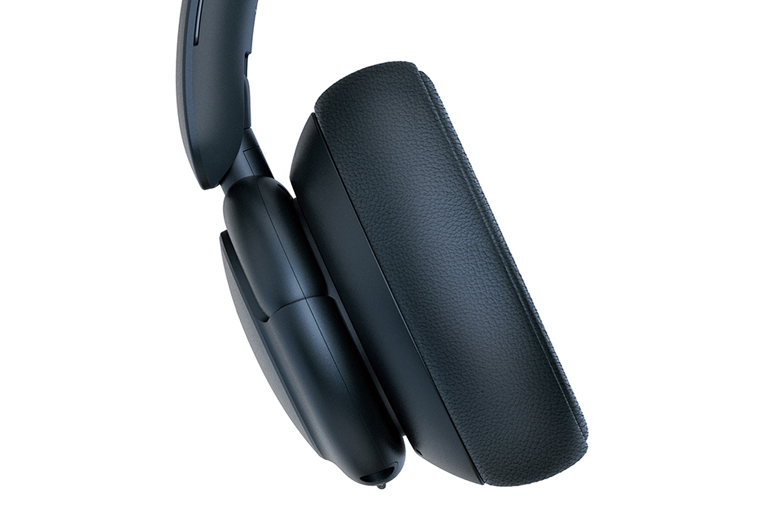
I used this chance to see if LDAC would make a difference, as you need a CD-quality-or-better source like Qobuz (or Amazon or Tidal or, soon, Apple Music and Spotify) to appreciate any improvement in Bluetooth codecs—a medium- or high-bitrate codec won’t do much good if your source is low-bitrate audio. Plus, “Train Song” has lots of intricate, high-frequency percussion instruments, which make codec artifacts easier to hear. Switching to LDAC in my phone’s Bluetooth settings (although it didn’t let me specify which LDAC bitrate), I definitely heard clearer and better-defined treble in “Train Song”; through SBC, the percussion instruments sounded a little crude, like they’d been re-amped through a cheap little speaker. So thumbs-up on the inclusion of LDAC here, as long as you’re streaming from an Android device that can stream LDAC.
I keep bringing up jazz bassist Christian McBride’s The Q Sessions (24/192 FLAC, Mack Avenue / Qobuz) because it wouldn’t be much of a stretch to say that everyone loves Christian McBride but no one’s heard this album. The combo of McBride, saxophonist Marcus Strickland, drummer Eric Harland, and guitarist Mike Stern is just magical; it’s so cool to hear Stern without the backing of a hyperactive rhythm section, and McBride in the company of a soloist who’s far more adventurous than most acoustic jazz players. But I also wanted to see how a different double bassist would sound through the Life Q35s.
McBride’s big, round, dark sound came through nicely with the Q35s in the Treble Booster mode. I heard more detail in the notes than I heard in “Train Song,” a recording that does exaggerate the bass with EQ, in comparison to the more natural bass sound of The Q Sessions. The only thing I didn’t like was that McBride’s bass had a little bit of unnatural punch to it, which isn’t on the instrument, and which seemed to be a “native” part of the Q35s’ tuning that nothing in the app would eradicate. However, it was fairly subtle, not the crazy amount of exaggerated punch I’ve heard with some other headphones (like early Beats models), or with some high-powered, sealed-box subwoofers. A lot of listeners will probably like that little bit of extra bass kick, just as a lot of audiophiles strongly prefer punchy, sealed-box subs.
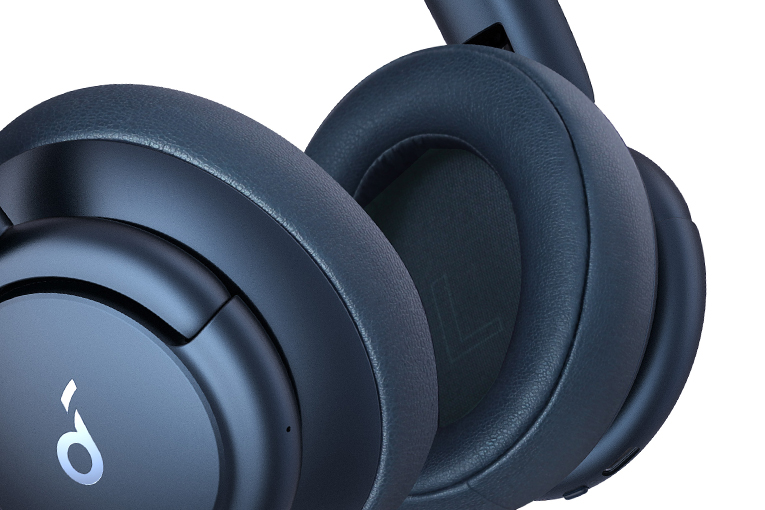
Meanwhile, everything else in the Q35s’ sound on The Q Sessions tended to escape my notice, because I heard no unnatural colorations from about 300Hz on up. Harland’s drum kit, in particular, sounded uncannily realistic considering I was listening to $129 Bluetooth headphones. He’s so skilled that he sometimes sounds like two drummers: one tapping out insistent swing on the cymbals, the other maintaining impossibly intricate patterns on the snare and hi-hat. It was hard for my brain to follow, but the Q35s made it easy to hear without exaggerating the treble in the least—despite the flat-out bizarre naming of the Treble Booster mode.
Comparison
I compared the Life Q35s with two other Bluetooth-equipped dynamic headphones: the Marshall Monitor II A.N.C. ($319.99) and the DALI IO-4 ($399). Unfortunately, I didn’t have any Bluetooth headphones anywhere near the Q35s’ price.
When I played Joni Mitchell’s “Car on a Hill” (Court and Spark, 24/192 FLAC, Rhino-Elektra/Qobuz), the Q35s once again revealed great detail in the drums and a clean, spacious presentation of background vocals, flutes, and piano. However, Mitchell’s lead vocal sounded a little recessed, slightly de-emphasized in the mix, and confined to the center, and once again, the bass had a bit of excess punch.
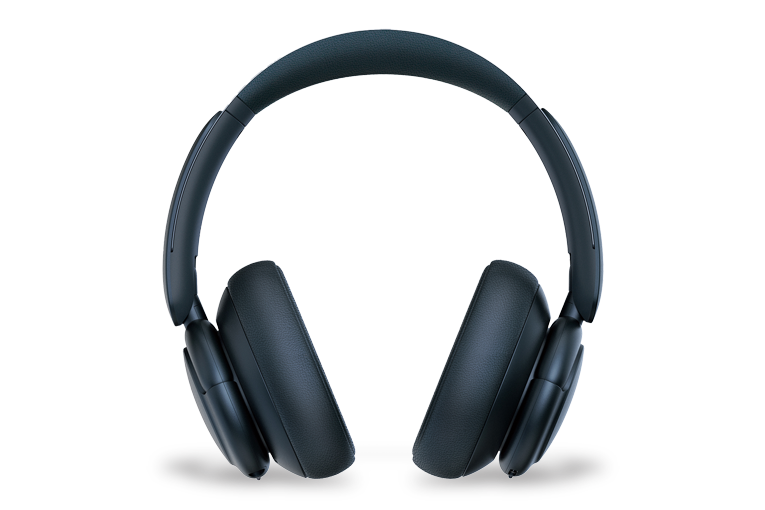
In comparison, the Monitor II A.N.C. headphones had a more upfront sound with the lead vocal, at the expense of a little less treble detail and a slight loss of spaciousness. I thought the IO-4s sounded the most natural overall; they didn’t call attention to themselves or any particular instruments or elements of the recording—but they didn’t sound as dazzling or lively in the treble as the Q35s did.
Which would you prefer? I can’t speculate, but I think it’s impressive that a set of $129 headphones finds itself in the same class as models costing double or triple the price. This has only just started to happen in noise-canceling models; used to be that everything under about $180 flat-out sucked and wasn’t worth recommending for anyone, at least in my opinion.
Conclusion
The Q35s rank among my favorite noise-canceling headphones, regardless of price, and I think they’re the best value in the whole category. You will have to have some patience with the app to get a sound you like, but you may find, as I did, that the Treble Booster mode gets you right where you want to be. Even if you’re a diehard fan of open-back, planar-magnetic audiophile headphones, you might want to pick up a set of these just so you have some decent traveling headphones.
. . . Brent Butterworth
Associated Equipment
- Smartphone: Samsung Galaxy S10
Soundcore Life Q35 Bluetooth Headphones
Price: $129.99 USD.
Warranty: 18 months, 30-day money-back guarantee.
Soundcore
Phone: (800) 988-7973
E-mail:
Website: www.soundcore.com




